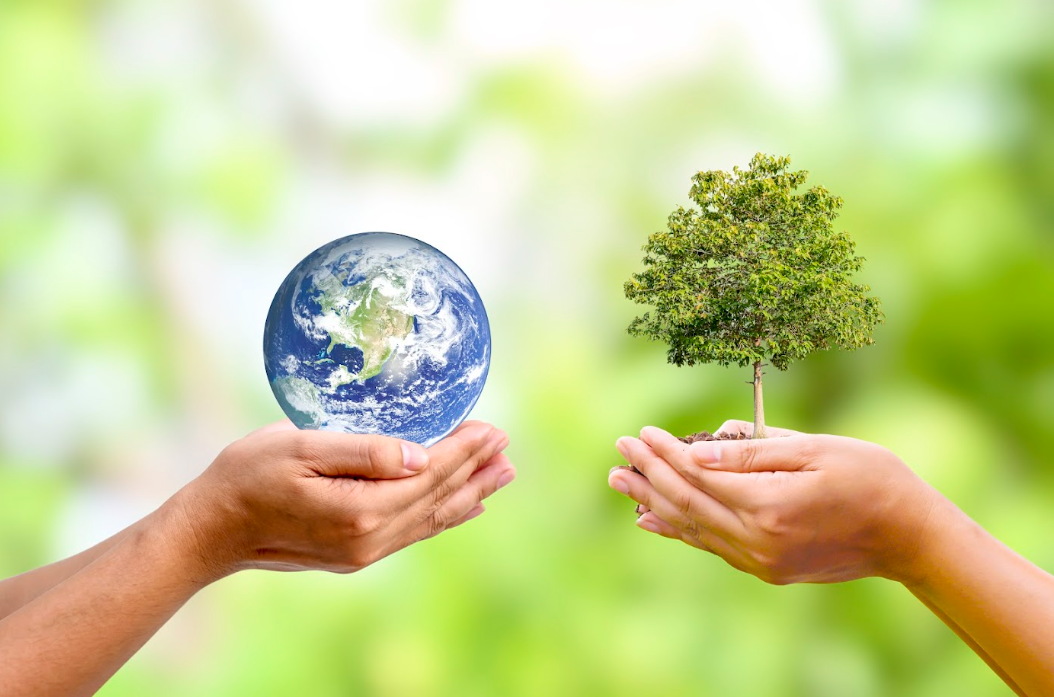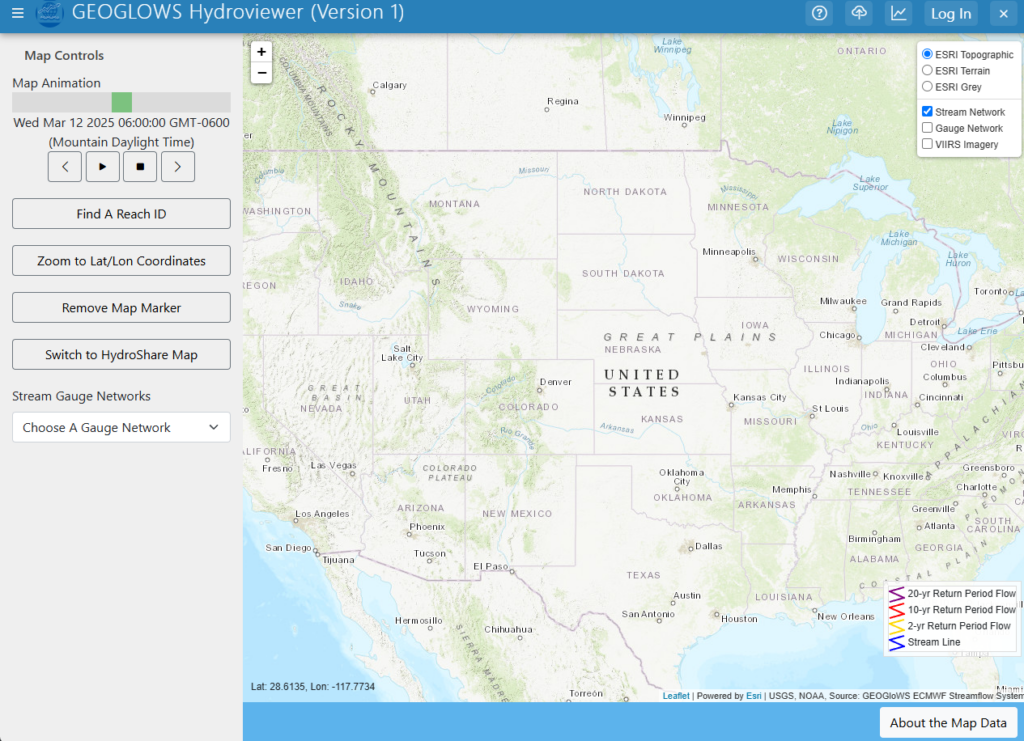Your cart is currently empty!

Open Source Best Practices in Earth Science
—
Collaborative software development has become increasingly important in addressing Earth science challenges. At the Tethys Geoscience Foundation, we’ve observed how shared knowledge and community-driven development can help transform complex environmental data into more accessible tools. Building effective open source solutions requires thoughtful practices that promote collaboration, accessibility, and sustainability.
Addressing Resource Constraints
Software development in Earth science often presents financial challenges for many researchers. For labs operating with limited resources, software licenses can consume a significant portion of available budgets. Open source approaches offer one potential solution to this constraint.
The Community Streamflow Evaluation System (CSES) offers an example of open source development in practice. Initially developed for water supply forecasting in the Great Salt Lake Basin, it has grown through community collaboration to serve broader applications. Today, researchers with internet access can evaluate hydrological model performance across numerous monitoring sites.
Principles That Support Collaboration
Documentation as a Foundation
Comprehensive documentation helps new users understand both the practical operation of tools and the reasoning behind their design. For example, the National Water Center’s Operations Dashboard includes installation guides, API documentation, and usage examples that enable users to implement the technology more effectively.
Make Contribution Welcoming
Open source projects benefit from diverse input, which requires lowering barriers to participation. Providing clear contribution guidelines, templates for issues and pull requests, and offering guidance to newcomers can help create a more inclusive environment. When specialists from different backgrounds can collaborate effectively—whether hydrogeologists seeking coding assistance or software engineers learning from environmental scientists—projects tend to improve.
Design for Flexibility
Environmental challenges vary considerably by region and scale. The Global Hydrological Status and Outlook System (HydroSOS) demonstrates how modular design can allow adaptability. By creating distinct components and well-documented APIs, developers enable others to customize tools for specific requirements without rebuilding entire systems.
Prioritize Reproducibility
In scientific applications, reproducibility strengthens credibility. Sharing not just code but information about the development environment through package managers like Conda, environment specifications, and dependency documentation helps others build upon existing work more reliably.

Community-Driven Development
Many successful open source projects in Earth science actively engage with their user communities. With the Tethys Platform, regular communication through forums, issue tracking, and community calls has helped shape ongoing development to address practical needs.
This approach supported the development of applications like the National Water Model evaluation system. When researchers identify new requirements or suggest improvements, responsive communities can incorporate valuable feedback, potentially enhancing functionality for many users.
Balancing Security and Accessibility
Open source development requires attention to security and reliability considerations. Following established practices for code review, automated testing, and version control helps maintain dependability for important applications. The Django framework used in many Tethys applications demonstrates that open source tools can provide robust security while remaining accessible.
Looking Forward
Earth science research benefits from effective knowledge and tool sharing across regions. When researchers can adapt and build upon each other’s work—whether it’s flood prediction tools or water management systems—it creates opportunities for broader progress.
Open source represents more than a development approach; it’s a way to make Earth science tools more accessible to diverse communities. Whether you’re sharing your first script or maintaining a larger platform, thoughtful development practices help maximize the potential impact of your contribution.
By emphasizing quality documentation, fostering inclusive communities, and designing for flexibility and reproducibility, we can create tools that better serve the global Earth science community. Understanding our planet’s complex systems requires collaborative effort across many disciplines and regions.
If you’re interested in contributing to open source Earth science, we welcome you to join the Tethys community. Together, we can continue developing solutions that enhance our understanding of Earth’s vital systems.

Leave a Reply